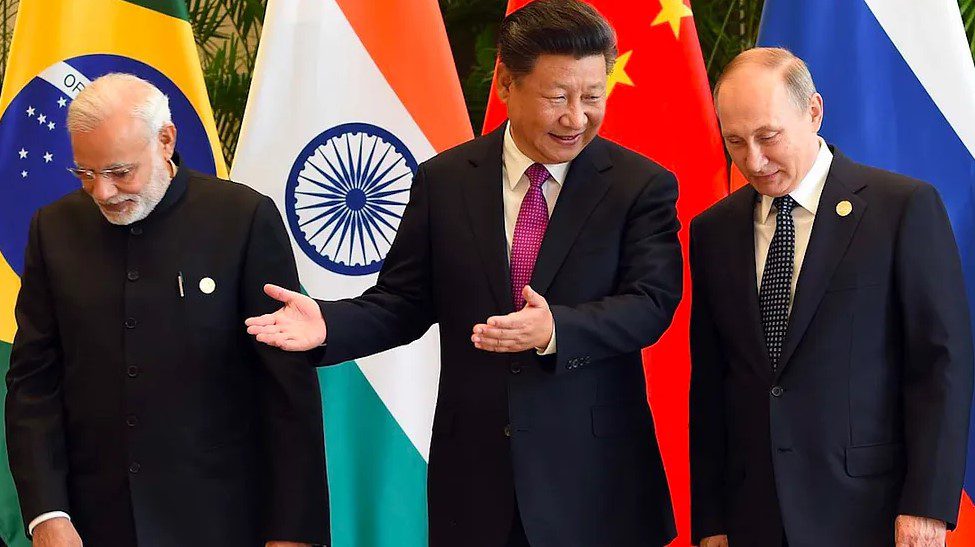Last year, the International Energy Agency (IEA) produced a Net Zero by 2050 Roadmap discussing its comprehensive study of how to transition to a global net zero energy system by 2050, while providing universal energy access and robust economic growth. The main objective is to limit the rise in global temperature to 1.5°C.
With a growing number of countries committed to meeting net zero by 2050, there is a promising global movement toward this objective. But if the world’s biggest emitters don’t take decisive action, the effort will not bear enough fruit to meet the global target.
This is currently the case, as has been observed from commitments made by Russia, China, and India. Each country plans to achieve net zero status at least a decade after 2050.
Chinese President Xi Jinping told the 75th session of the United Nations General Assembly in September 2020 that China will strive to achieve carbon neutrality before 2060. Russia’s President Vladimir Putin said during a Russia Energy Week event in Moscow last October that its carbon neutrality target is 2060. As for India, Prime Minister Narendra Modi announced during the 26th Conference of Parties on Climate Change (COP26) in November last that India’s deadline for net neutrality is 2070.
Statistics indicate that the top annual emitters are China, United States, India, Russia and Japan – in that order. This has remained consistent over the last decade, and from multiple sources.
According to data on the website of the US Environmental Protection Agency, China was responsible for 30% of global CO2 emissions from fossil fuel combustion and some industrial processes. The US came in second with 15%, while India, Russia and Japan were at 7%, 5% and 4% respectively.
According to OurWorldInData, China was responsible for 27% of global CO2 emissions in 2017. The US was responsible for 15% of emissions, with India at 6.8%, Russia at 4.7%, and Japan at 3.3%.
BP’s statistical energy review, which disaggregated 2018 emissions, had China at 27.8%, the US at 15.2%, India at 7.3%, Russia at 4.6%, and Japan at 3.4%.
Notably, while India and China are large emitters, these are the two most populous nations in the world, accounting for more than a third of the global population. As they transition, they must also focus on providing reliable energy for their mammoth populations. India is particularly poor, with gross domestic product per capita less than 5 times China’s.
Over the past decade, just these 5 countries have been responsible for more than half of global emissions. While the US and Japan have set targets for carbon neutrality by 2050, it is obvious that this is not enough.
Millions of Indians, like citizens of many other developing countries, are particularly vulnerable to climate related disasters which are already in motion in many parts of the world.
Addressing a Rice University forum in Texas last August, Guyana’s Vice President Dr. Bharrat Jagdeo said that developed countries have not been pulling their weight, with the world now expecting equal burden sharing from the developed world. But many developing nations just don’t have the means to transition quickly while providing stable, reliable energy for their people. Put simply, Dr. Jagdeo said that developed countries must start pulling their weight in the fight against climate change.




